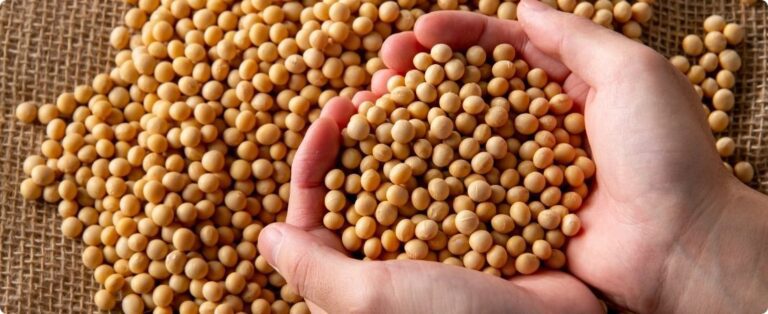
Image: Pixabay
Drought and climate change bring the issue of water management in agriculture back to the forefront.
Drought and climate change bring the issue of water management in agriculture back to the forefront. From satellite data analysis to precision agriculture technologies now ready for large-scale application, here are all the techniques for increasing water supplies and limiting waste.
Last summer's prolonged drought and climate change have made it clear to everyone what a precious commodity water is and how its scarcity can harm harvests. “But intervention strategies must be integrated”, says Francesca Todisco, professor of Agricultural Hydraulics and Hydraulic-Forest Restructuring at the University of Perugia, “that is, they must take into account soil conservation, hydrogeological risk, the reduction of pollutants and the protection of ecosystems.
{module Form RD}
Todisco is responsible for presenting today at Eima, the world agricultural machinery exhibition, a report on sustainable strategies and technologies for the management of water resources in agriculture. An illustrated report is part of the presentation of the 54th edition of Agriumbria, the national agriculture, livestock and food exhibition scheduled from March 31 to April 2, 2023. The theme is, in fact, very current. Suffice it to say that in recent months the drought, according to Coldiretti's estimates, caused losses of 10% of Italian agri-food production, for a value in excess of 6 billion euros. “We wanted to focus on one of the fundamentally important themes for the challenges of the future in agriculture”, explains Stefano Ansideri, president of Umbriafiere. So what should be done? According to Todisco, first of all, we need adequate planning, which takes into account the complexity of the problem. In particular, the increase and improvement of supply systems, the protection of the availability and quality of water resources, the modernization of irrigation systems and education for the conscious use of water are essential. Monitoring distribution networks to combat leakage is also crucial. While the dissemination of management techniques based on the principles of precision irrigation is essential. “And precisely with regard to precision agriculture”, highlights Todisco, “the technology is ready for large-scale application. Available high-tech techniques include the analysis and processing of satellite data to identify and characterize bodies of water.
Source: agrolink














